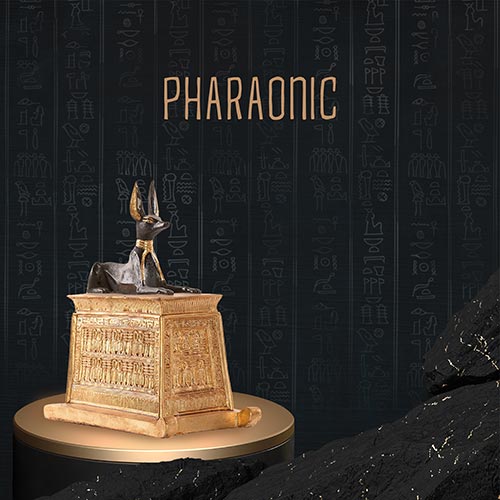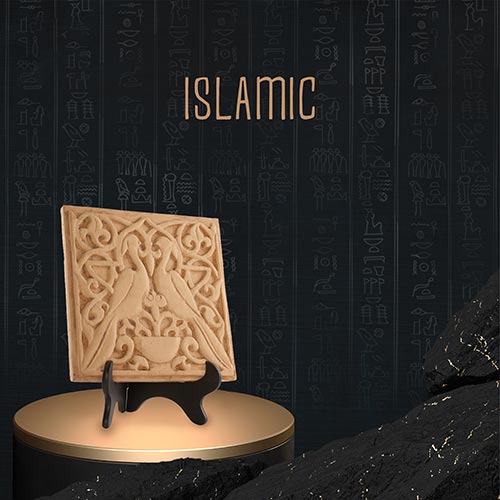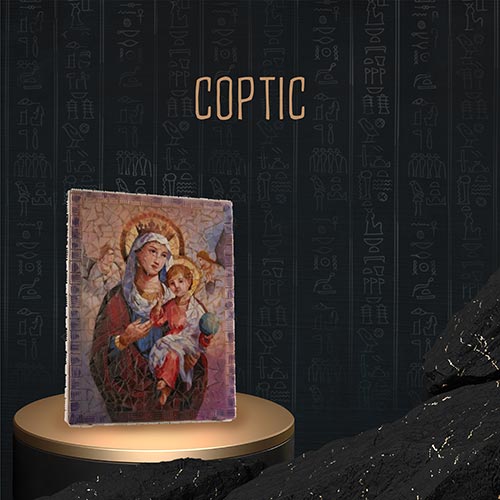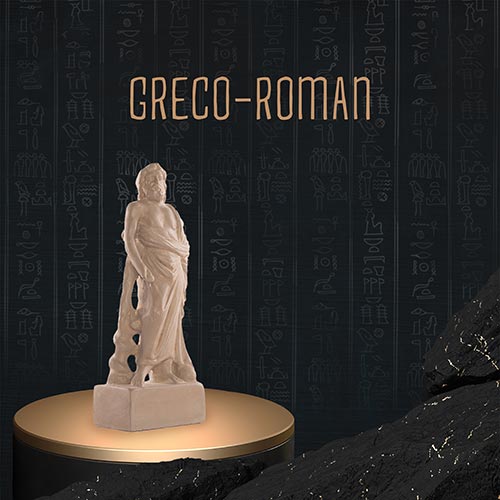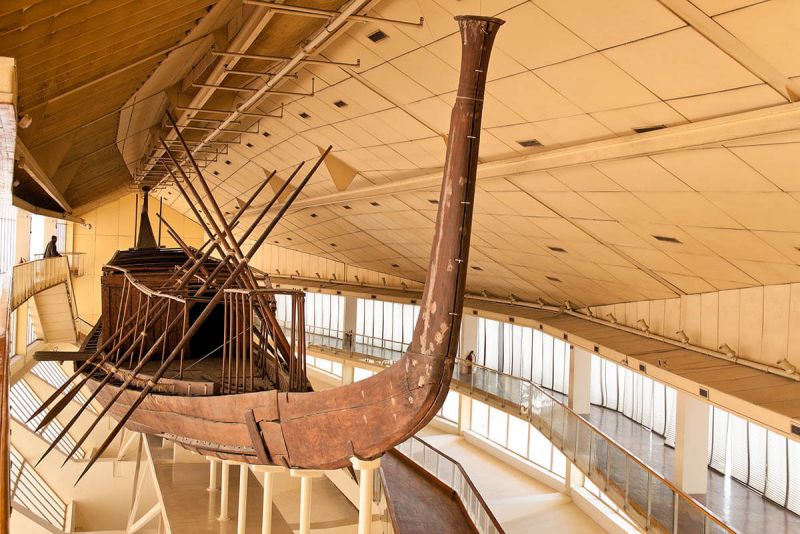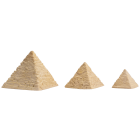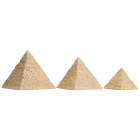
Ever wonder what mysteries lie behind the Great Sphinx and the Great Pyramids of Giza, the last remaining wonders of the ancient world? These iconic monuments have fascinated people for centuries. However, few know that once upon a time, the Sphinx and the Pyramids were connected physically. Join us on our journey as we reveal some of the untold stories and hidden wonders behind these incredible feats of ancient engineering.
The Pyramids of Giza Art and Archeology
The Giza Plateau housed the iconic pyramids of Khufu, Khafre, and Menkaure for over 4,500 years. These huge structures testify to the creativity of ancient Egyptian architects. The pyramids were built not only as tombs, but as monumental gateways to the afterlife, and their purpose was to protect the Pharaoh's journey into eternity.
The scale of their construction is staggering. About six million tons of stone were laboriously lifted and placed without modern technology. These enduring giants are not only symbols of ancient Egyptian power and mystery, but are also one of the world's most recognizable landmarks.
Unrevealed Secrets about the Pyramids of Giza
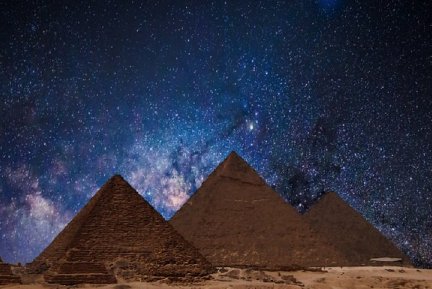
A popular theory suggests a connection between the three Giza pyramids and Orion's Belt. Some versions go further, incorporating additional pyramids to match the entire Orion constellation and even suggesting the Nile River reflects the Milky Way.
Once the pyramids gleamed under the sun, their white limestone casings polished to a shimmering brilliance. Time, however, has taken its toll, and these once-lustrous surfaces have worn away.
Khazar's pyramid appears larger than Khufu's, it's simply built on slightly higher ground. Khafre's structure stands out for another reason: it retains some of its original limestone casing. This offers a tantalizing glimpse of the pyramids' former glory, a reminder of their breathtaking beauty and the dazzling sight they would present if fully encased.
Mysterious Objects Unearthed Near Pyramids
-
The Boat of Khufu: A 4,500-Year-Old Masterpiece of Ancient Egyptian Craftsmanship
One remarkable discovery that was made near the Great Pyramid of Giza in 1954 was the nearly intact remains of a 4,500-year-old wooden boat-now referred to as Khufu's Solar Barque-that was about 43 meters long. The ancient vessel was found buried in a pit near the pyramid of Pharaoh Khufu, also known as Cheops. It is believed to have played a critical role in the pharaoh's journey to the afterlife, possibly intended to transport his soul across the heavens with the sun god Ra. What makes this find so exciting is how exceptionally well the boat has been preserved. This has provided unparalleled insight into the shipbuilding techniques of the ancient Egyptians, proving their developed craftsmanship when working with wood, rope, and reeds. Every detail of its construction reflects the very advanced grasp that the Egyptians had of boat-making and thus allows historians to explore the use of these vessels both in religious and practical contexts.
-
The Mysterious Void Inside the Great Pyramid: A New Enigma
The most recent technology available in 2017 had already unveiled one of the secret features of the Great Pyramid of Giza-a huge, mysterious void-which had been kept hidden for millennia from the eyes of archaeologists. The detection of this void, by using non-invasive scanning techniques including cosmic-ray muon radiography, extends for about 30 meters above the Grand Gallery, while its purpose is still open to debate. Some say it is the missing chamber that contains hidden treasures or further information on how the pyramid was constructed. Another theory is that it was a structural feature serving to absorb weight from stone blocks above the Grand Gallery. While this space is still physically inaccessible, it remains one of the most mysterious and stimulus-providing for any scientist and amateur. This fosters speculation and deepens the enigma about the most iconic monument in Egypt.
-
The Valley Temple of Khafre: An Unexplored Ritualistic Space
The Valley Temple stands next to the Pyramid of Khafre another architectural wonder associated with Egypt's great burial traditions. It probably served for ritual purposes regarding the pharaoh's embalming and burial processes. The structure consists of large blocks of limestone and granite and is a confusion of chambers, corridors, and passages-most of which have never been thoroughly examined. Whereas some of them could serve as chambers for performing purification rituals, the rest of the chambers would likely have been used for repositories of offerings to gods. Despite the fact that this temple is so close to the famous pyramids, the Valley Temple still keeps many secrets, and its parts are practically inaccessible to people, which keeps its mysterious atmosphere. It was an expression of life, death, and the afterlife, with rituals and ceremonial acts of a pharaoh transitioning into the latter, adding even more mystery to Egypt's ancient burial complexes.
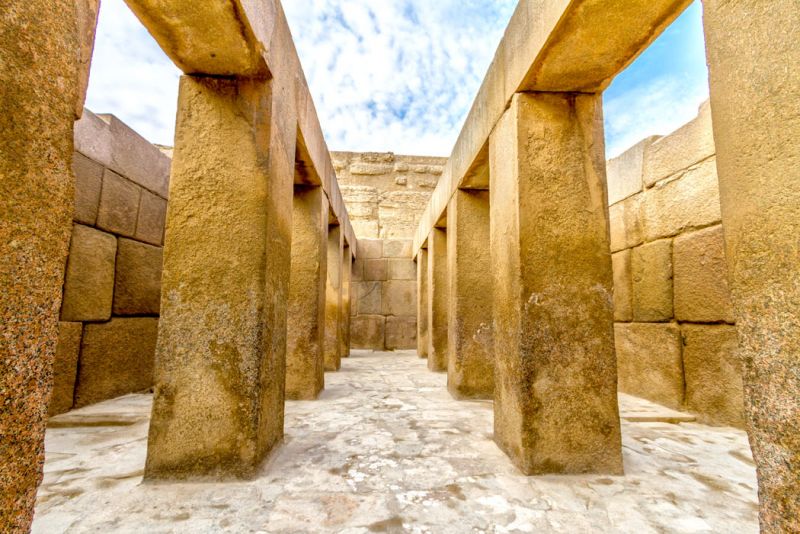
Emphasize the Guardianship Role of the Great Sphinx
The Great Sphinx stands beside the pyramids with the body of a lion and the head of a human. Not assembled piece by piece but was carved from a single limestone block, it is thought to represent the pharaoh Khafre.
The sphinx was likely constructed around 2500 BCE and measures around 73 meters long from paw to tail and 20 meters high from the base to the top of the head. At its widest point near the haunches, it is 19 meters wide.
The Great Sphinx is standing as the pyramid's guardian. Placed near the Pyramid of Khafre, it symbolizes royal power and protection, yet its exact purpose remains debated among researchers.
The Connection Between the Pyramids and the Sphinx
Beyond the historical connection between the Sphinx and the Pyramids, there is a belief in their physical connections. Drainage canals and corridors were built to direct runoff and groundwater from the Sphinx's fence to the pyramids.
Also, there is evidence of a raised limestone bench that connected the Sphinx to the nearby Valley Temple of Khafre's pyramid, suggesting symmetry that may have allowed for a ceremonial procession.
There are many mysterious objects that have been found in Giza. The ancient Egyptians left behind a rich legacy of artifacts and monuments, and many of these continue to fascinate and intrigue researchers and the public alike.
As the sun sets over the sands of Egypt, the pyramids of Giza and the Great Sphinx stand as timeless symbols of human achievement and inspire people from around the world. Each stone bears witness to a civilization that flourished millennia ago, leaving behind an indelible mark on history. Yet, amid the grandeur and mystery, the secrets of these ancient wonders endure, inviting future generations to explore, discover, and marvel at the legacy of the pharaohs.
